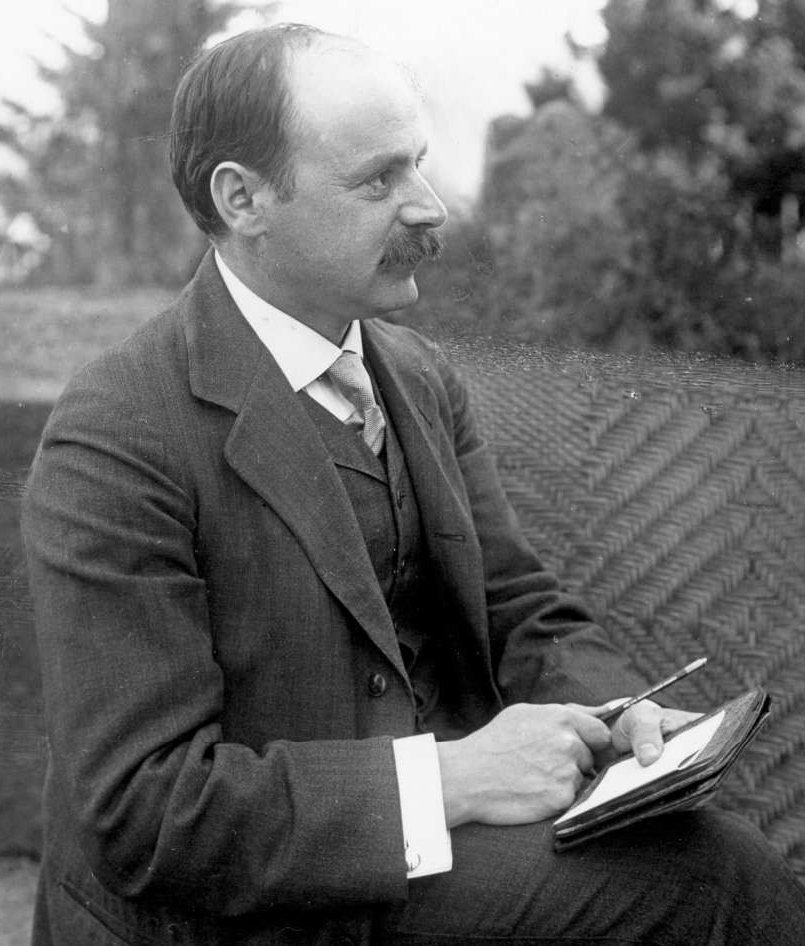Karl Schwarzschild was a pioneering astrophysicist and mathematician whose contributions to the field of astronomy are as profound as they are timeless. Most famously, he provided the first exact solution to Albert Einstein’s equations of general relativity, leading to the concept of the Schwarzschild radius, which describes the event horizon of a black hole. His work bridged theoretical physics and observational astronomy, forever changing our understanding of the cosmos.
Early Life and Education
Karl Schwarzschild was born on October 9, 1873, in Frankfurt am Main, Germany, into a family with strong academic traditions. A precocious student, Schwarzschild displayed an early interest in mathematics and astronomy, publishing his first scientific paper on celestial mechanics at the age of 16.
Schwarzschild attended the University of Strasbourg and later the Ludwig Maximilian University of Munich, where he earned his doctorate in physics. His early research focused on optics and stellar structure, areas in which he would make significant contributions before his groundbreaking work in relativity.
Contributions to Astronomy and Physics
The Schwarzschild Solution and Black Holes
In 1915, during World War I, Schwarzschild was serving on the Russian front when he read Einstein’s newly published theory of general relativity. Remarkably, within months, Schwarzschild solved Einstein’s complex field equations for a spherically symmetric mass in a vacuum.
This solution, now known as the Schwarzschild metric, introduced the concept of the Schwarzschild radius, the point at which the escape velocity of an object equals the speed of light. Although Schwarzschild himself did not describe black holes explicitly, his work laid the mathematical foundation for understanding these enigmatic objects.
Stellar Atmospheres and Radiation Pressure
Schwarzschild made significant contributions to the study of stellar atmospheres. He developed methods for modeling radiative transfer in stars, including the effects of convection and radiation pressure. These techniques provided a framework for understanding energy transport within stars and influenced the study of stellar evolution, impacting later research by Subrahmanyan Chandrasekhar and Ejnar Hertzsprung.
Optical Studies and Instrumentation
Schwarzschild also made advancements in the field of optics. He developed a method for improving photographic telescopes, introducing a curved photographic plate to eliminate distortion. This innovation significantly improved the quality of astronomical imaging and enhanced observational astronomy.
Challenges and Sacrifices
Schwarzschild’s work during World War I exemplified his extraordinary dedication to science. Despite suffering from pemphigus, a painful and debilitating autoimmune disease, he continued to work on groundbreaking research while serving in the German Army. His illness eventually forced him to return to Germany, where he passed away on May 11, 1916, at the age of 42.
Legacy
Karl Schwarzschild’s contributions to astronomy and physics continue to resonate. The Schwarzschild metric is fundamental to the study of black holes, gravitational lensing, and spacetime geometry. His work on stellar atmospheres remains influential in astrophysics, providing key insights into energy transfer within stars.
In honor of his legacy, the lunar crater Schwarzschild, the asteroid 837 Schwarzschilda, and the Schwarzschild radius bear his name. His life, though tragically short, left an indelible mark on our understanding of the universe.
Awards and Honors
• Member of the Prussian Academy of Sciences.
• Schwarzschild crater on the Moon and asteroid 837 Schwarzschilda named in his honor.
• Schwarzschild radius and Schwarzschild metric immortalized in theoretical physics.
Scoring Section
• Contribution to Astronomy: 40/50
For solving Einstein’s equations and advancing our understanding of black holes, stellar atmospheres, and radiation pressure.
• Advancement of the Field: 30/30
For bridging general relativity and astrophysics, providing foundational tools for modern astronomy and physics.
• Recognition and Honors: 8/20
Although widely respected in academic circles, Schwarzschild’s premature death and the nascent stage of black hole research limited his recognition during his lifetime.
• Historical Significance: 4/10
As the originator of the Schwarzschild radius, his work is pivotal in theoretical physics but less celebrated compared to Einstein or Newton.
Total Score: 82/100





